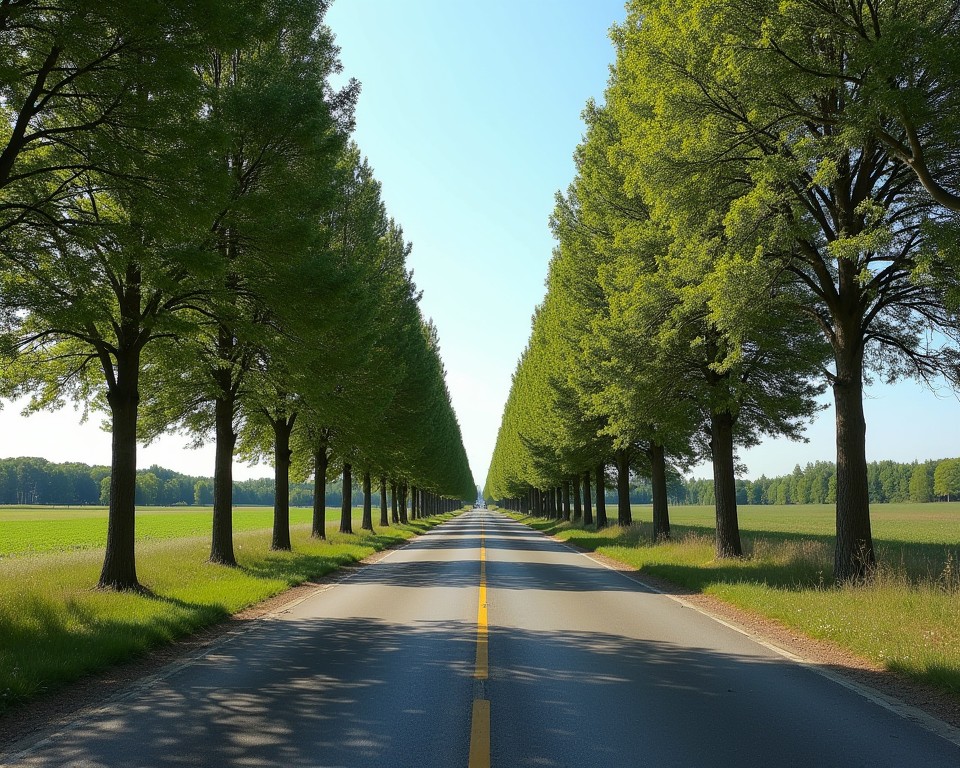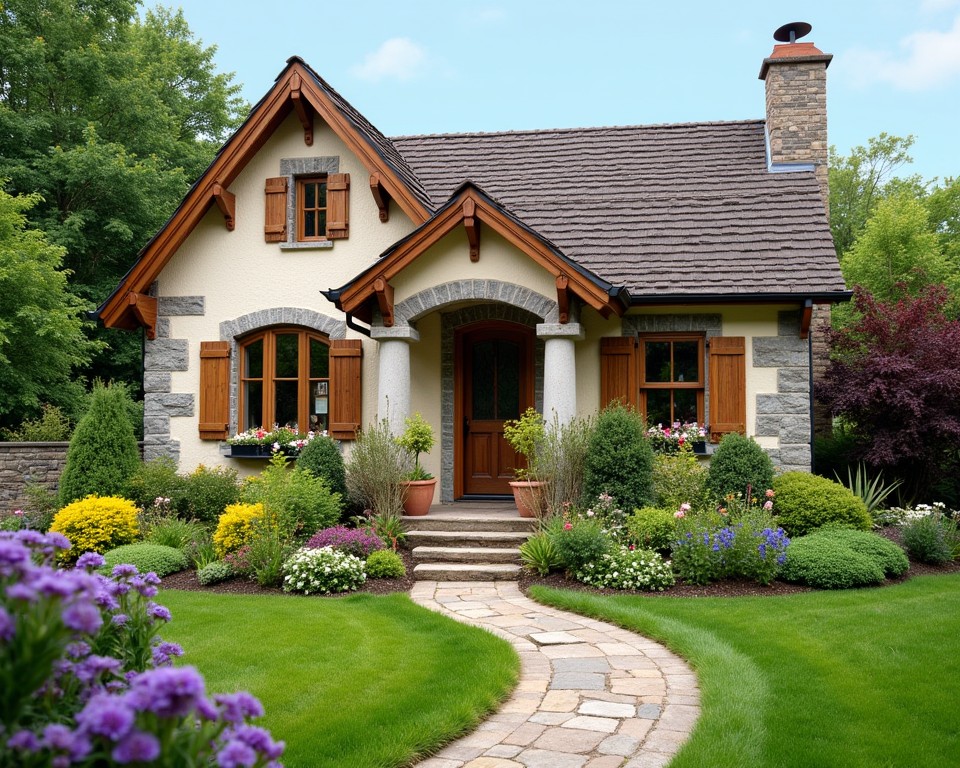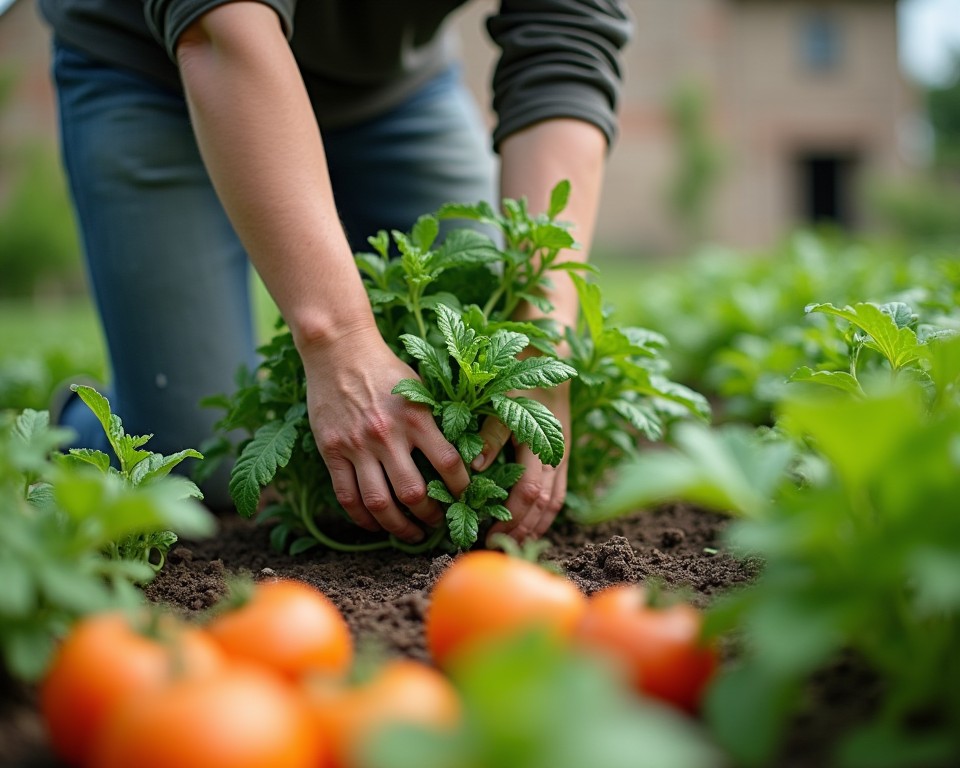
Table Of Contents
- Introduction
- The Appeal of Rural Retirement
- 2.1 Embracing a Slower Pace of Life
- 2.2 Connection with Nature
- 2.3 Tight-Knit Community Feel
- Financial Advantages of Rural Living
- 3.1 Lower Cost of Living
- 3.2 Potential for Self-Sufficiency
- Health Benefits of the Countryside
- 4.1 Improved Physical Health
- 4.2 Enhanced Mental Well-being
- Considerations for a Rural Retirement
- 5.1 Access to Healthcare Services
- 5.2 Transportation and Accessibility
- Steps to Transition to Rural Living
- 6.1 Researching Potential Locations
- 6.2 Planning the Move
- Real-Life Success Stories
- Tips for Thriving in Rural Retirement
- Conclusion
Introduction
Have you ever thought about what it would feel like to wake up to the sound of birds instead of blaring horns? Or what if your morning coffee was enjoyed on a quiet porch overlooking a field rather than in a cramped apartment with a city skyline? Yeah, that’s what rural living can offer. It’s not just about moving to a quieter place—it’s a lifestyle. And for retirees, honestly, it might just be the best decision you can make.
The trend of retirees trading the hustle and bustle for the calm countryside has been growing. Why? Well, the cost of living in cities is nuts, and let’s face it, cities don’t get any less stressful. But it’s not all sunshine and rainbows; I mean, rural life has its quirks too. Let’s dive into why it’s still worth considering.

1. The Appeal of Rural Retirement
1.1 Embracing a Slower Pace of Life
One of the biggest draws? You can finally slow down. You don’t have to rush to catch a train or fight over parking spots. Instead, you can spend your mornings gardening or just watching the clouds (seriously, it’s underrated). Stress levels just… plummet. It’s like you’ve stepped into a time machine that takes you to a world where people aren’t in a constant hurry.

And let me say this—it’s not just about sitting around doing nothing. It’s about appreciating the small things. Like noticing how the seasons change or finally having the time to bake bread. It’s not glamorous, but it’s kind of beautiful, isn’t it?
1.2 Connection with Nature
Oh, the nature part is huge. Imagine being able to step outside and feel grass under your feet instead of pavement. Rural areas are like one giant backyard. Hiking trails, fishing spots, and bird-watching? You’ll never run out of things to do.
I’ve heard people say that gardening is therapeutic—and, honestly, I didn’t believe it until I tried planting tomatoes last summer. There’s something magical about seeing them grow, you know? Plus, the air just feels cleaner. Maybe it’s the lack of exhaust fumes.
1.3 Tight-Knit Community Feel
Rural communities? They’re different. People actually know your name. It’s not like in cities where neighbors sometimes don’t even say “hi.” Here, folks might drop by with a pie just because. There’s this sense of belonging, and honestly, that’s something we all need as we get older.

You’ll find that local traditions and events bring people together in ways that feel… wholesome. It might be a farmer’s market or a small-town fair, but these things make you feel like you’re part of something bigger.
2. Financial Advantages of Rural Living
2.1 Lower Cost of Living
Let’s talk money, because let’s be real—it’s a big factor. Housing in rural areas? So much cheaper. I’m talking about spacious homes that cost less than a tiny studio in the city. Utilities? Lower. Groceries? Somehow, even those feel more affordable.

Here’s a quick comparison:
| Expense | Urban Areas | Rural Areas |
|---|---|---|
| Housing | Expensive | Affordable |
| Utilities | Higher | Lower |
| Transportation | Public Transit | Personal Vehicle |
See the difference? It’s kind of a no-brainer if finances are a concern.
2.2 Potential for Self-Sufficiency
Rural living opens up the possibility of growing your own food. Now, I’m not saying you’ll suddenly become a full-time farmer, but even a small vegetable garden can save money.

And then there’s the joy of it—eating something you grew with your own hands? It tastes better. I don’t know why; it just does. Plus, many rural areas have access to natural resources like firewood or even local markets that make self-sufficiency feel achievable.
3. Health Benefits of the Countryside
3.1 Improved Physical Health
Being surrounded by nature means more opportunities to move. Walking trails, fishing, or even just maintaining your property can keep you active without feeling like you’re working out.
Plus, the air quality in rural areas? It’s on another level. No smog, no industrial pollutants—just fresh, crisp air that feels good to breathe.
3.2 Enhanced Mental Well-being
Nature has this magical ability to calm you down. There’s research behind it too—something about lowering cortisol levels. But honestly, you don’t need science to tell you that sitting under a tree feels better than being stuck in traffic.
4. Considerations for a Rural Retirement
4.1 Access to Healthcare Services
Okay, so here’s the thing—not every rural area has a hospital nearby. This is something you really have to think about. Telemedicine is becoming a thing, though, so that’s helpful. But still, being prepared and knowing where the closest clinic is? Super important.
4.2 Transportation and Accessibility
Public transportation is rare in rural areas, so having a reliable car is pretty much non-negotiable. And while you’re at it, learn basic car maintenance. It sounds boring, but it’ll save you a lot of headaches down the line.
5. Steps to Transition to Rural Living
5.1 Researching Potential Locations
Not all rural areas are the same. Some are more isolated than others. Look into the community vibe, the climate, and the proximity to family or friends. A little research goes a long way in ensuring you find a place that fits your lifestyle.
5.2 Planning the Move
Downsizing is a big part of the transition. Let’s be honest—you probably don’t need half the stuff you’ve accumulated over the years. Start with small things and work your way up. Also, don’t forget to introduce yourself to your new neighbors. It’s awkward at first, but it’s worth it.
6. Real-Life Success Stories
I met this couple, Jerry and Linda, who moved to a tiny town in the Midwest. They said it was the best decision they ever made. “We thought we’d miss the city, but honestly, we don’t even think about it anymore,” Jerry told me. They now spend their mornings gardening and their evenings stargazing.
7. Tips for Thriving in Rural Retirement
- Stay active: Walk, hike, or pick up a new outdoor hobby.
- Get involved: Join community groups or volunteer.
- Embrace the quiet: It might feel strange at first, but the stillness grows on you.
Conclusion
Retiring in the countryside isn’t just a lifestyle—it’s a mindset. The benefits, from lower costs to better health, make it a compelling choice for retirees seeking peace and fulfillment. So, if you’ve been thinking about making the leap, why not explore the possibilities? Rural living might just be the fresh start you didn’t know you needed.
